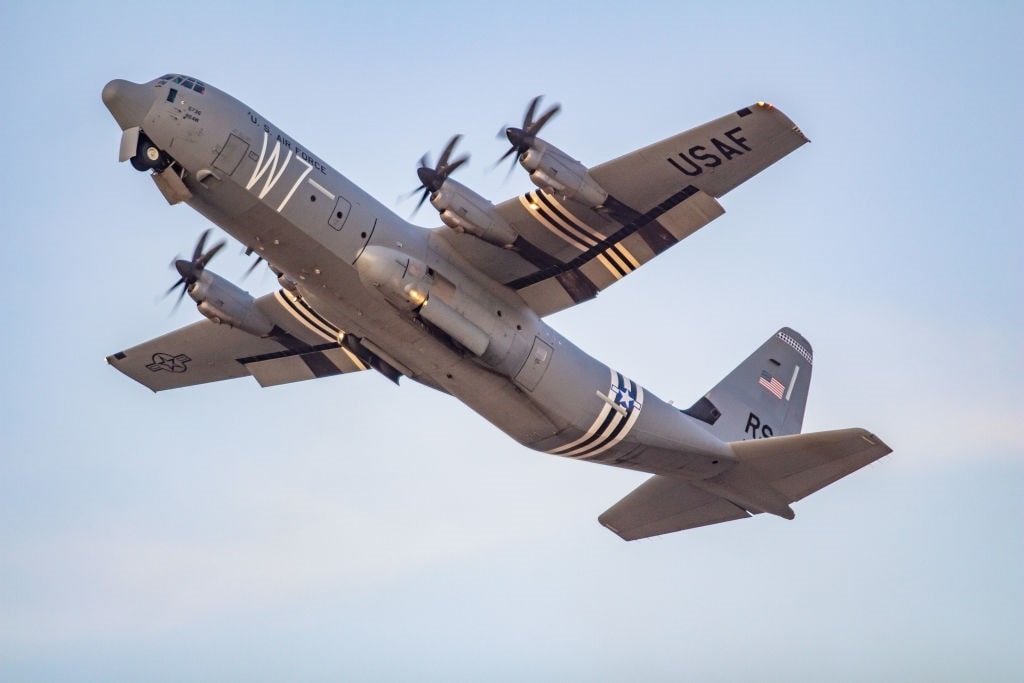The US Air Force is not prepared to meet the China threat. That was one of the first assessments of Secretary of the Air Force Frank Kendall when he assumed his position. That might have prompted an immediate evaluation of requirements versus capabilities to discover where to redirect funding to build readiness. Instead, Kendall and Air Force Chief of Staff Gen. David W. Allvin decided that defeating China required reorganizing the air service.
 Improving readiness across the military departments is a critical and urgent requirement. In September 2023, Kendall wrote an open letter to the men and women of the Air Force and Space Force. The letter focused on China as the problem, and he promised a four-month review of all Department of the Air Force major commands, operating agencies, and other activities. “Focus areas will be on organization, equipment, personnel readiness, and how the forces [are] supported,” John A. Tirpak reported for Air and Space Forces Magazine.
Improving readiness across the military departments is a critical and urgent requirement. In September 2023, Kendall wrote an open letter to the men and women of the Air Force and Space Force. The letter focused on China as the problem, and he promised a four-month review of all Department of the Air Force major commands, operating agencies, and other activities. “Focus areas will be on organization, equipment, personnel readiness, and how the forces [are] supported,” John A. Tirpak reported for Air and Space Forces Magazine.
The Air Force Reorganizes for Readiness
To his credit, Kendall stressed a sense of urgency to bring his force to a state of readiness to meet the threat China and to a lesser extent Russia represent right now. The secretary concluded his letter with questions to the force. “If asked to go to war today against a peer competitor, are we as ready as we could be? What can we change in each of our units and organizations to be more ready?” It’s unclear if the answer came back, “We need to reorganize.”
Since then the Air Force has decided the answer is to reorganize. It’s reasonable to be skeptical, recalling the words of the Roman Gaius Petronius Arbiter (27-66 AD), governor of the Asian province of Bithynia:
“We trained hard — but it seemed that every time we were beginning to form up into teams we were reorganized. I was to learn later in life that we tend to meet any new situation by reorganizing, and what a wonderful method it can be for creating the illusion of progress while actually producing confusion, inefficiency, and demoralization.”
The reorganization will “[s]tructure Air Force operational wings as mission ready ‘Units of Action’ categorized as Deployable Combat Wings, In-Place Combat Wings or Combat Generation Wings.” Each will have a unique structure designed to “support ‘agile combat employment’ or ACE.” The Air Force and Space Force leadership has been out stumping for the new structural concepts.
Are Units of Action Just Composite Wings?
The “units of action” will be force packages of weapon systems, fighters, bombers, airlift aircraft, maintenance, and other support staff making up purpose-organized wings, which will deploy into combat as units. If this sounds a lot like the composite wings former Air Force Chief of Staff Gen. Merrill “Tony” McPeak pushed in the early 1990s, it’s hard not to make the comparison. During Desert Storm, the Air Force found deployments did not work as McPeak envisioned, and combat wings were formed as expeditionary units made up of elements from numerous stateside units.
According to Air and Space Forces Magazine, at a recent Air Force Association Warfare Symposium, Allvin said, “Combining different kinds of aircraft and missions into a standing operating wing proved too costly when the Air Force tried it in the 1990s. Called ‘composite wings,’ these units combined fighters, bombers, and tankers.” Why were they too costly, and what the Air Force is proposing, which looks a lot like a “composite wing,” not too costly?
At the same conference, Allvin cautioned, “Our current paradigm in how we deploy forces often is that we will take one of the mission elements — a fighter squadron or a bomber squadron or a tanker squadron, or what have you, and we’ll take the rest of the forces and sort of crowdsource it from amongst our Air Force.” He cautioned that such an approach “does not work against the pacing challenge (China).” Why doesn’t it work? What is so unique about the Indo-Pacific and the People’s Liberation Army that the Air Force has to change how it supports the other services in a joint service engagement with the enemy?
But the reorganizing is part of a much bigger plan to “Reoptimize for Great Power Competition.” Apparently, the Air Force wasn’t optimized for meeting great power competitors, hence the requirement to reoptimize. No one can fault the Air Force and Space Force leadership for boosting readiness, but it might be important to describe the nature of the threat not being addressed now. How will the new “reoptimizing” fix the problems? So far, Air Force and Space Force leadership has made a slew of assertions without much in the way of explanations. Without a better reasoning, Gaius Petronius Arbiter could be right.
The views expressed are those of the author and not of any other affiliation.




